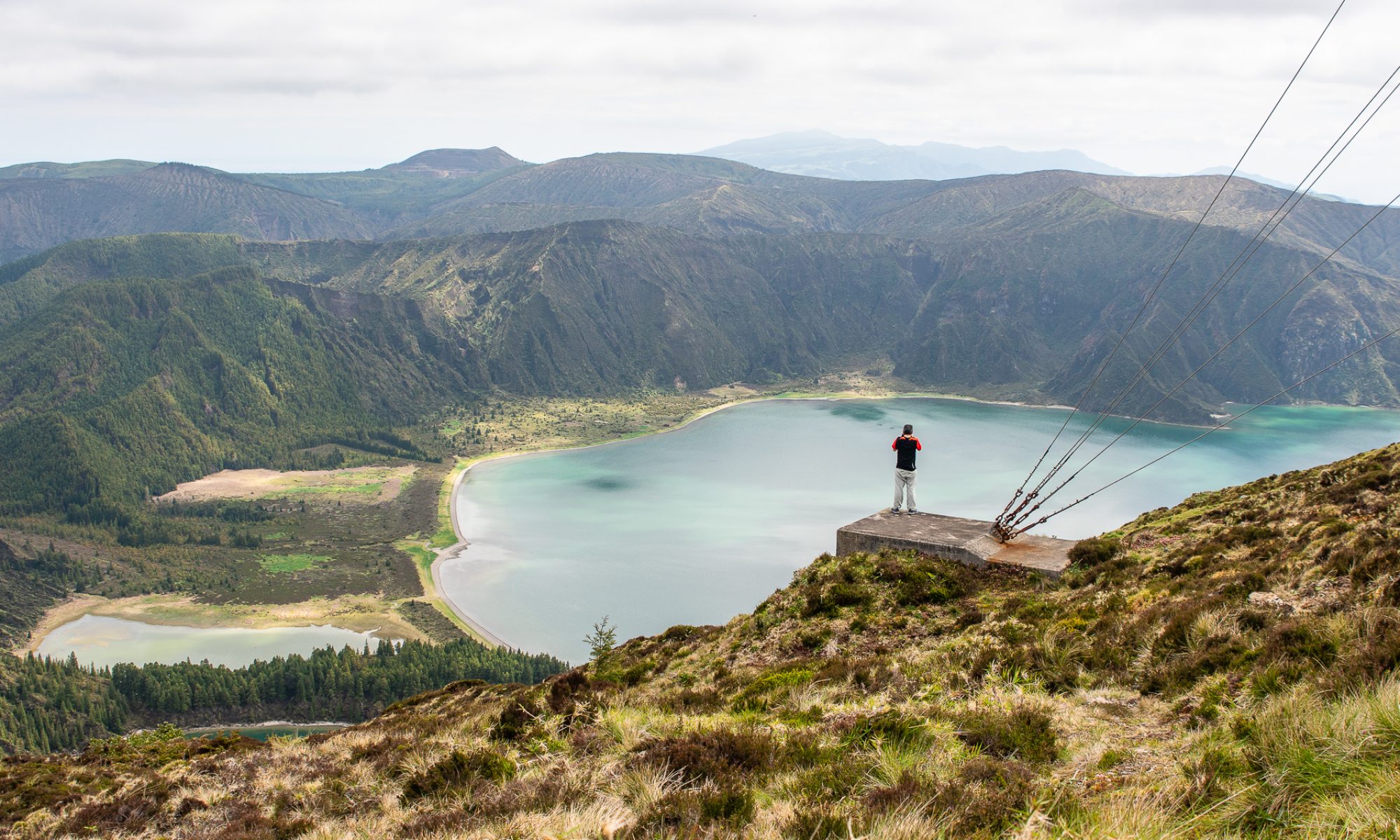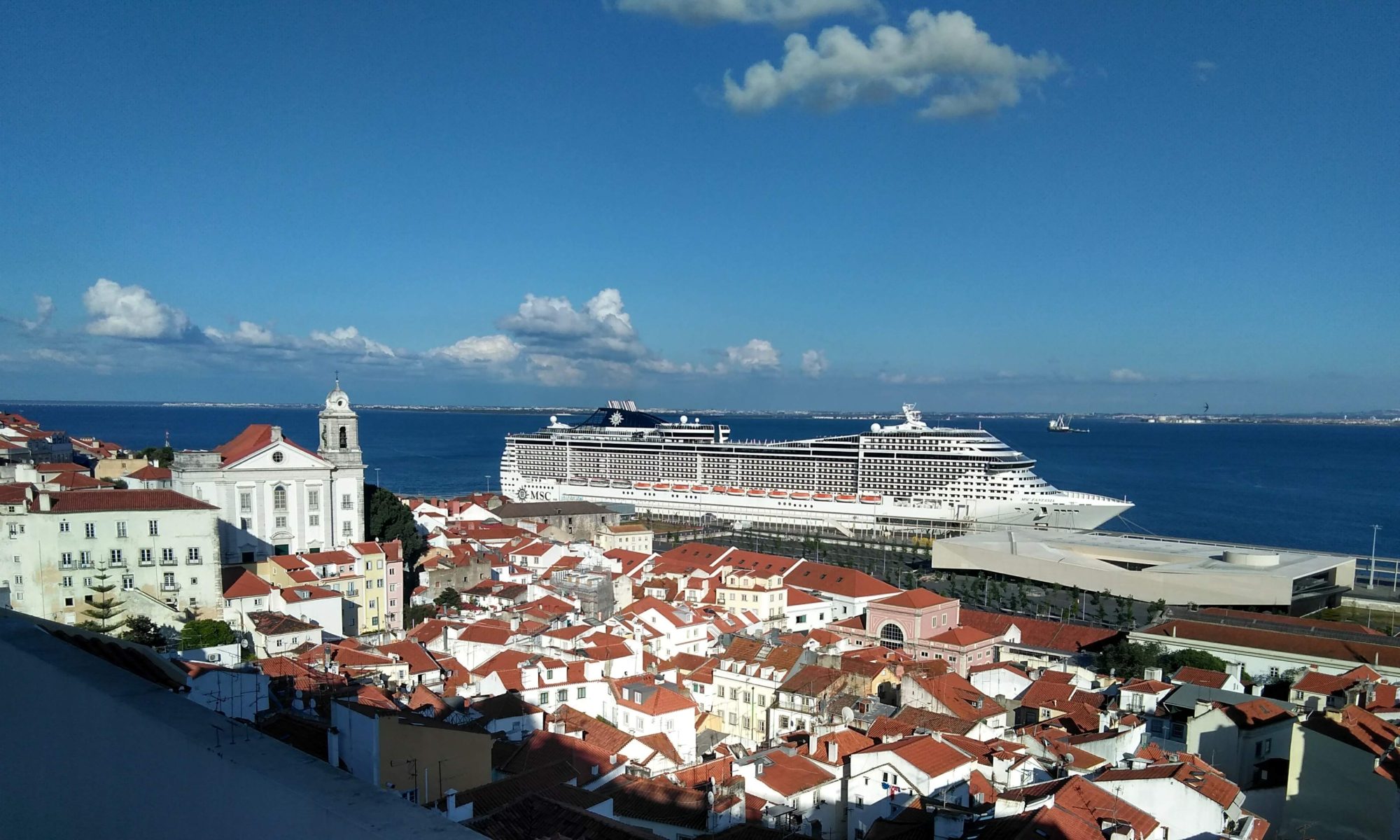The Coronavirus outbreak has forced a global lockdown. Most governments are enforcing travel restrictions with random checks on roads, highways, and bridges and are requiring justification for traveling anywhere, even within a city. Because of this (and other reasons) most shooting assignments have been canceled or at best rescheduled. But this does NOT mean we can’t continue looking for interesting spots for upcoming projects.
This short article covers the 1 Person Crew approach to legally scout locations during a lockdown in two steps:
Step 1: Google and Google Earth
A quick Google search for “the best viewpoints in Lisbon” offers 30,000,000 results in 0.87 seconds. Wow. Another option is to search for “melhores miradouros em Lisboa” (306,000 results in 0.61 seconds) which most likely offers better recommendations from locals.
Three viewpoints immediately get my attention: Miradouro de Santa Luzia, Miradouro das Portas do Sol, and Miradouro da Graça. I like these three spots for several reasons:
- They are reachable by public transportation.
- They are close to main roads so I can use a share-riding service like Uber to get there.
- The three are within walking distance from each other, yet they offer different perspectives of the city.
- They all seem to offer good shooting opportunities at sunrise, sunset and at night.
- Not only the views, but the viewpoints themselves seem visually interesting.
- Portugal is safe at all times, so I don’t have to worry about that, but that would be another consideration anywhere else.
Here’ s a screen recording of my research process using only Google and Google Earth.
OK. I now have three potential locations, without leaving my desk. What’s next?
Step 2: Exercise
We are being “asked” to stay at home, with few exceptions, which usually include:
- Buying food or other essential items
- Going to work if unable to work from home
- Going to hospitals or health centers
- Going to care for someone
- Returning to their primary residence
- Walking pets
- Exercising outdoors for short periods in groups smaller than 2 persons
Aha! This last exception is our salvation. Now that we have identified three interesting spots, close to each other, and at a reasonable distance from home, it’s time to go out and exercise.
Nobody, not even a nerd like me, scouts locations with a Canon EOS C300 Mark III, a bazooka lens, or a giant fluid head tripod.
I wear my gym clothes, my mask, hat, sunglasses, grab a water bottle, my cell phone, and my smallest Benro gimbal (B&H / Amazon)

Then we need to pack everything into the smallest possible bag to avoid drawing unwanted attention.
My lovely wife also enjoys working out while enjoying this incredible city, so I was lucky to have an assistant this time. =)
That’s it! You are ready to explore the world and scout potential locations for your projects. But remember: Wash your hands, don’t touch your face, maintain social distancing, and travel only for essential tasks (including location scouting for upcoming shoots).
PS: I wanted a “spy movie” kind of soundtrack, and it took me about 3 minutes to search, find, download and cut the song “Ace of Spades” from Artlist.io by far the best music library I’ve used. And now they also offer sound effects! Highly recommended.























































